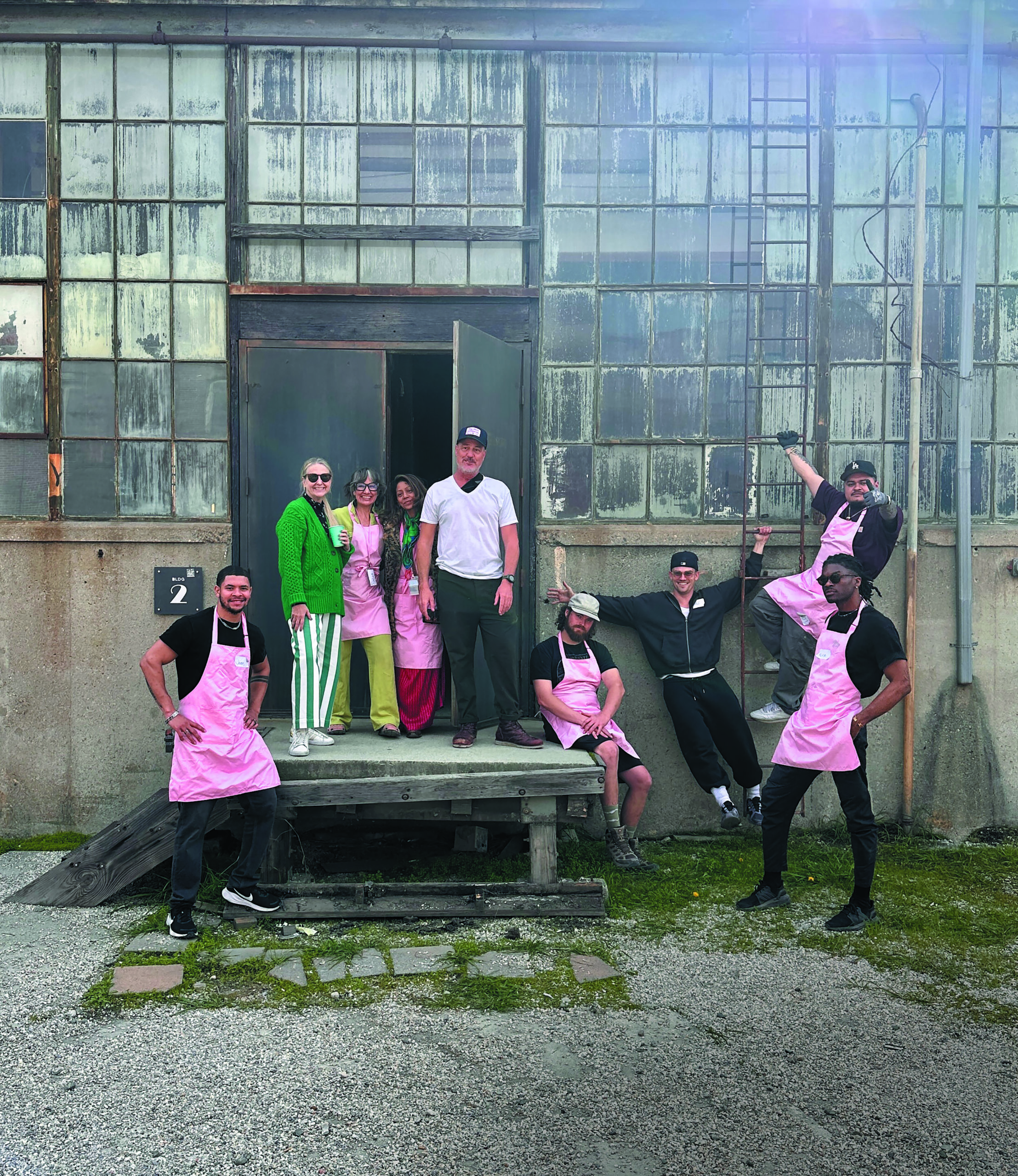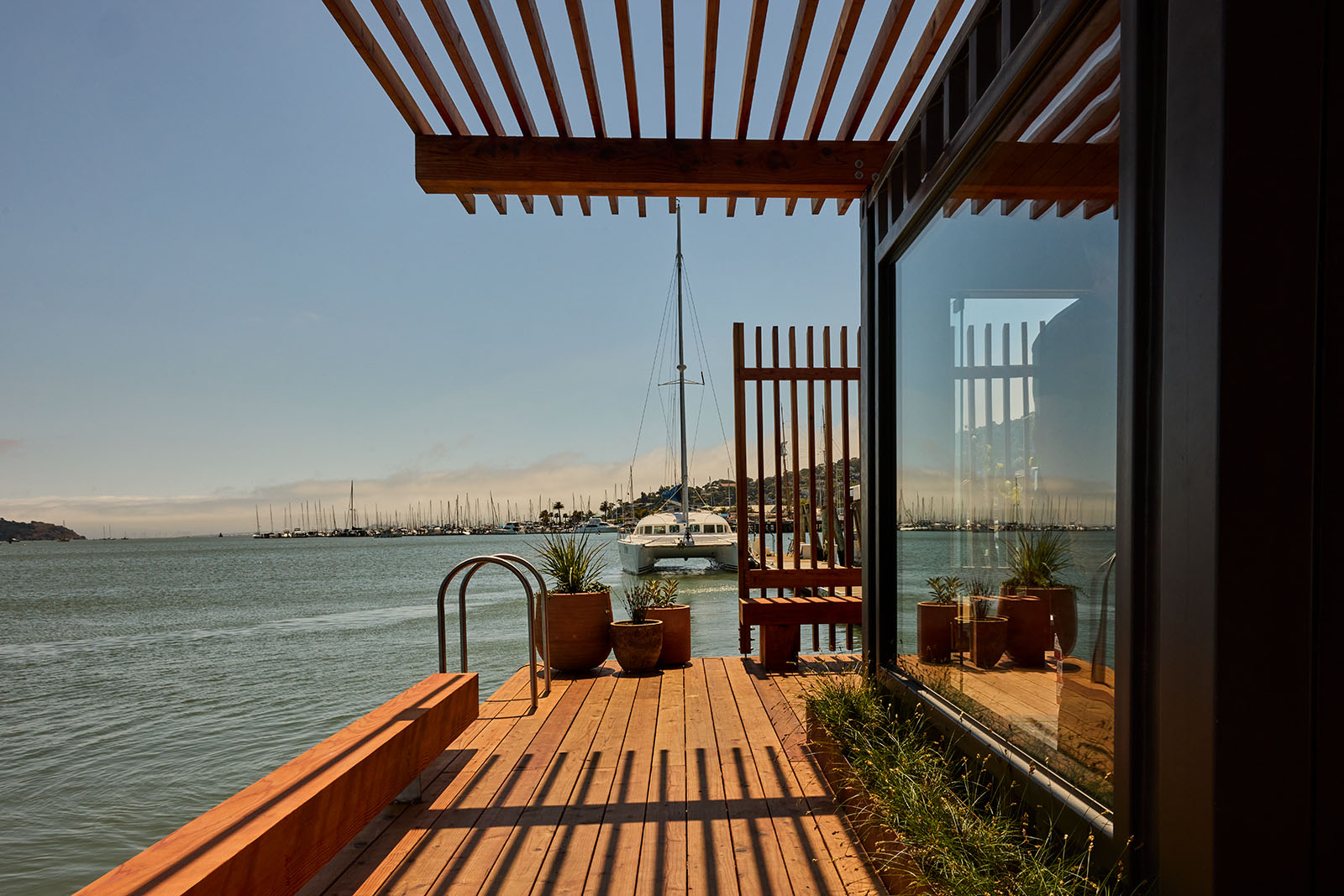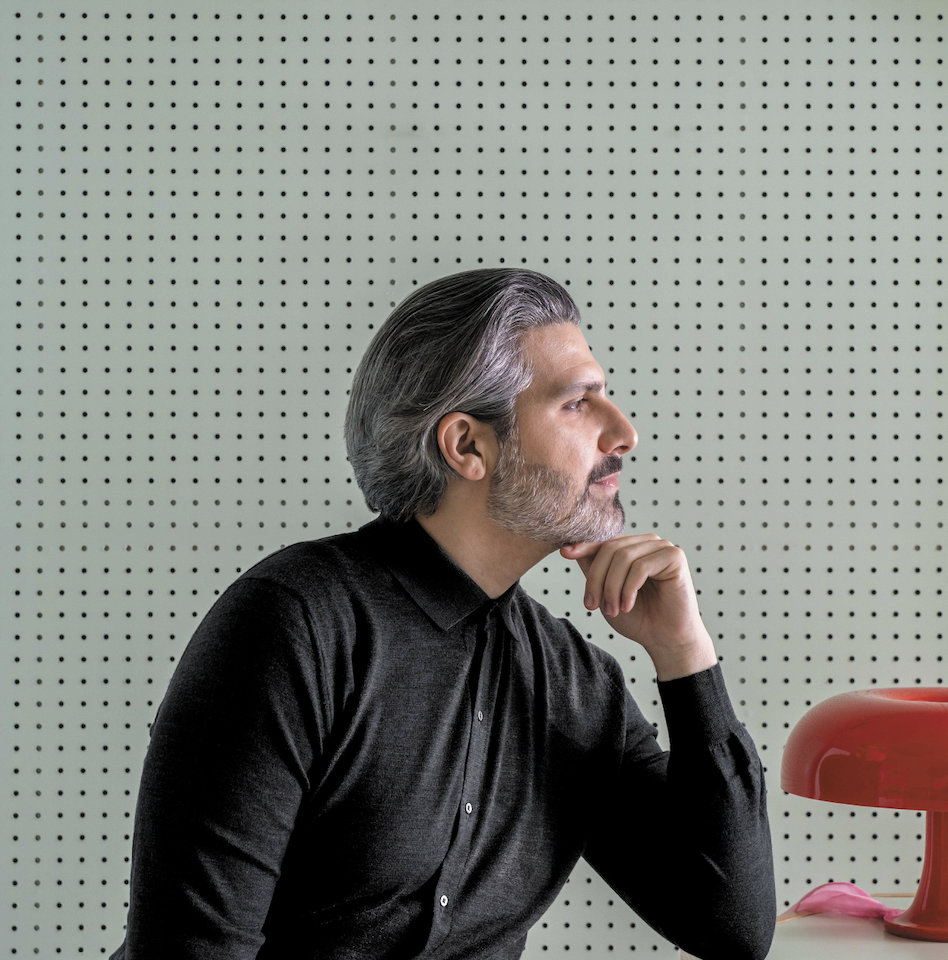Building Inclusivity
Author:Jessica RitzHow architect Adaeze Cadet is improving access to—and diversity within—the field
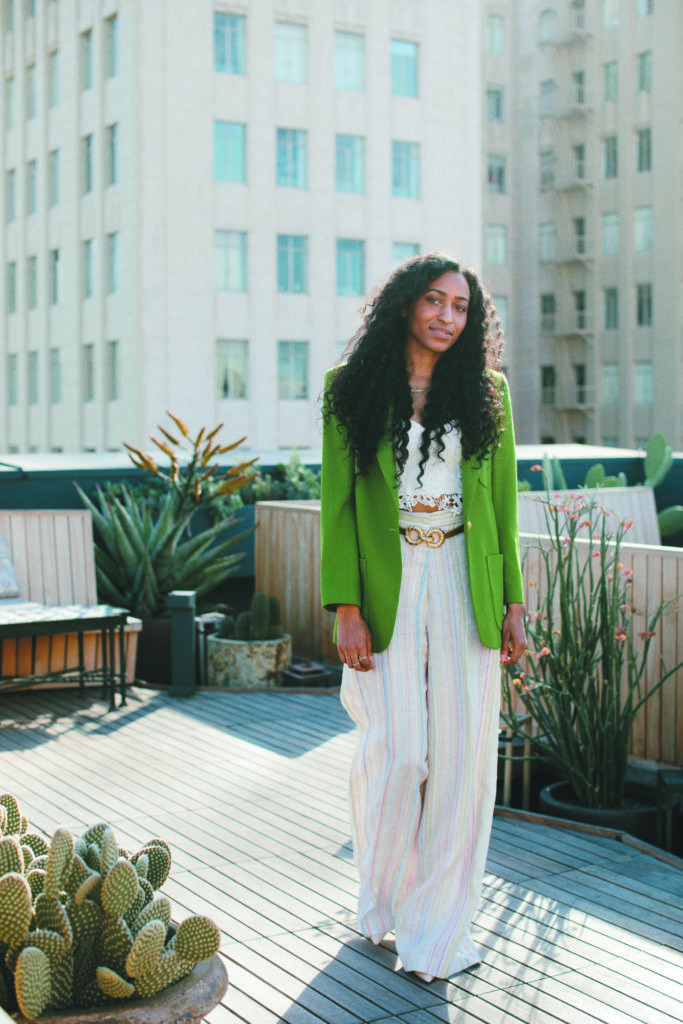
If architect Adaeze Cadet didn’t already have a twin sister, joking about her need for a clone would be understandable. Currently a design principal at HOK’s Los Angeles studio, the Sacramento-area native is deeply involved with multiple organizations and initiatives within her own firm as she continues to find pathways to help diversify the architecture and design profession.
Building networks to reflect existing demographics takes a lot of work. In addition to her duties at HOK, Cadet is involved with the USC Architectural Guild’s community outreach efforts and the National Organization of Minority Architects (NOMA), as well as supporting her alma mater, Prairie View A&M University, an HBCU in Texas. This type of mentoring helps “empower the younger generation and improve the pipeline so that the people who are influencing and creating our environments actually look like the people using them,” Cadet observes. Here, she discusses her passion for the field and why diversity truly benefits everybody.
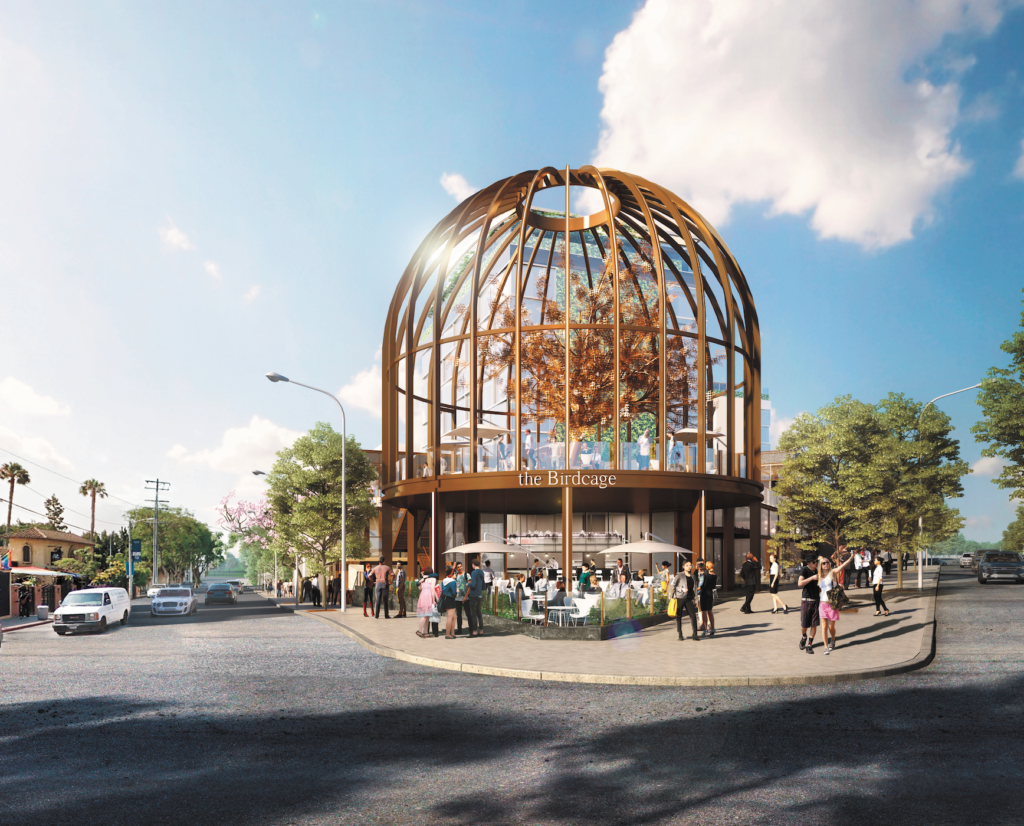
–What drew you to architecture? I always had a fascination with playing with blocks and moving furniture around in the house, and with how people move through space. I loved the whole puzzle-pieces part of architecture—and the Frank Lloyd Wright approach to architecture, which included interiors.
–What’s exciting to you about architecture and design in California lately? I am excited about the science and technology market that’s growing a lot more in Southern California. We’re seeing opportunities with that on university campuses as well as with developer-led projects. Hospitality is still my favorite sector, but I was pleasantly surprised getting into science and technology with how much overlap there is in creating these spaces and experiences on campuses. [For example,] lab technicians need somewhere to go that can help recharge them. So you’re looking for spaces that have biophilic components and softer spaces that counteract a lab environment and are a place of respite.
–What is it about architecture that seems to make mentorship so key, especially for women and BIPOC practitioners? It is very intense and there’s such a large range of what you can do with your degree. The real world is such a big step, so you really need those people who are further along in their career to give you those tips and tricks that you don’t learn in school and help you navigate your career and make networking connections.
–Do you think the industry has made progress toward diversity and inclusivity? Have the conversations over the last couple of years translated to action? The industry has slowly made strides, and then during the last two years following the murder of George Floyd and a renewed understanding about the disparities that exist in our country, it started to move in a much more positive way. Firms that have the right intention and that want to create change feel more empowered to do so. They’re putting more value into DEI efforts and looking for the benefits of what a diverse team gives them. You get more diversity of thought—and you get stronger design out of having a diverse team.
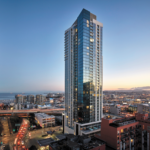


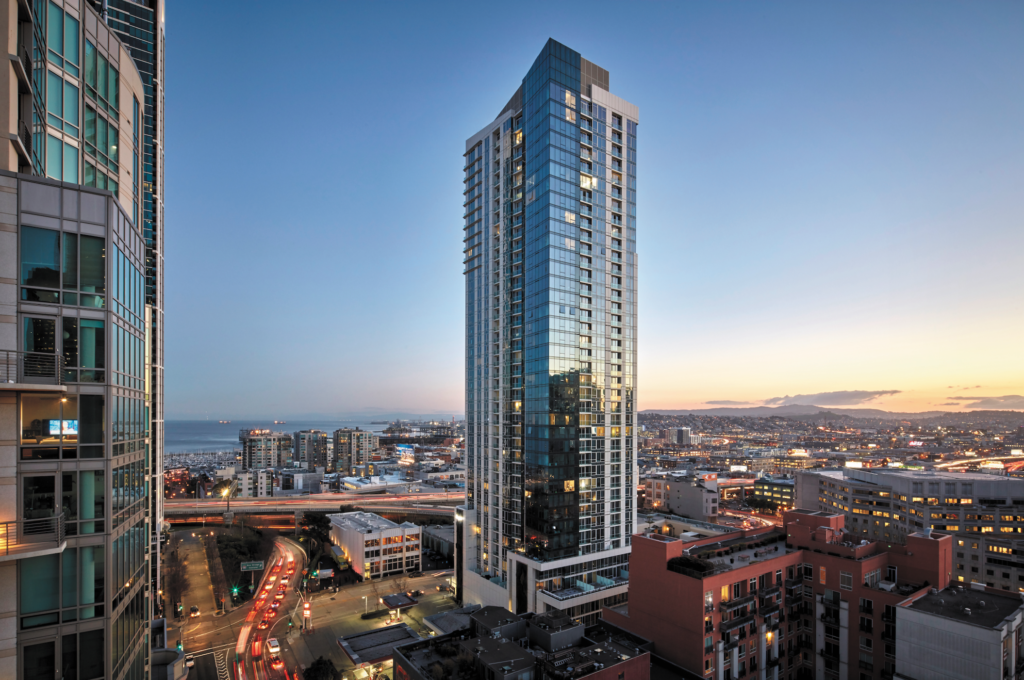 A view of Jasper SF designed while at HKS, photo by Blake Marvin.
A view of Jasper SF designed while at HKS, photo by Blake Marvin.